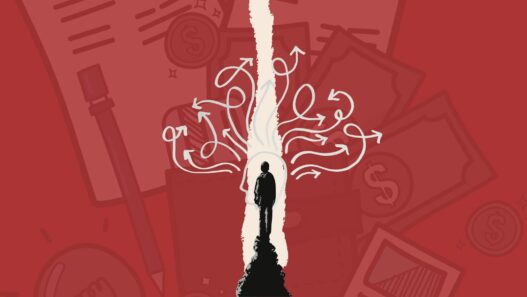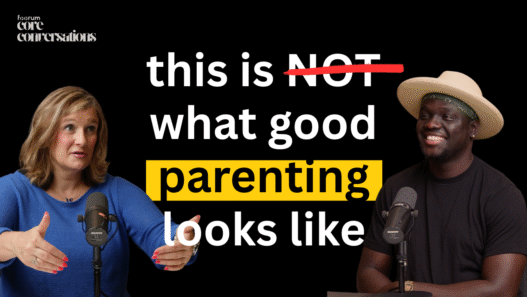As Congress debates an $880 billion federal spending reduction, one reality is becoming clear: it’s not possible without deep cuts to Medicaid
The program that provides healthcare coverage for more than 80 million low-income Americans.
For decades, Medicaid has been a lifeline for working families, seniors in nursing homes, pregnant women, and individuals with disabilities.
Now, as lawmakers push for aggressive budget cuts, the question isn’t just about dollars and cents, it’s about who will be left behind.
What is Medicaid and Why is it at Risk?
Medicaid was created in 1965 as part of the Social Security Act, designed to provide healthcare access to the most vulnerable.
The program is funded jointly by federal and state governments, ensuring that millions of people who can’t afford private insurance still have access to basic medical care.
But unlike Medicare, which serves seniors regardless of income, Medicaid eligibility is tied to financial need, making it an easy target for budget cuts.
With $880 billion on the chopping block, there is no realistic way to achieve those cuts without slashing Medicaid.
If the proposed reductions move forward, millions of Americans could lose coverage, face higher medical bills, or be denied essential care altogether.
Who Will Be Impacted?
Low-Income Families & Children
- Over 50% of U.S. children are covered by Medicaid or CHIP (Children’s Health Insurance Program).
- Cuts could force millions of kids to lose access to regular checkups, vaccines, and life-saving treatments.
Seniors in Nursing Homes
- Medicaid funds 60% of long-term care for elderly Americans.
- Cuts could mean fewer nursing home beds, lower-quality care, and increased financial strain on families.
People with Disabilities
- Medicaid covers essential home care services, wheelchairs, and therapy for millions of disabled Americans.
- Reduced funding could force families to take on unpaid caregiving roles or leave individuals without crucial medical support.
Rural & Underserved Communities
- Rural hospitals and clinics rely on Medicaid reimbursements to stay open.
- Cuts could force closures, leaving entire communities without nearby healthcare access.
The Myth of Wasteful Spending
“Medicaid fraud and waste are out of control!! We need to cut costs!”
This common talking point is misleading. Studies show that Medicaid operates more efficiently than private insurance, with lower administrative costs and better patient outcomes.
Medicaid’s administrative costs are around 5% – compared to 15-20% in private insurance.
Medicaid expansion under the ACA helped reduce uninsured rates and emergency room visits, saving hospitals money.
If the real goal was efficiency, lawmakers would focus on better cost management, not slashing coverage for millions.
What Happens If These Cuts Go Through?
Massive Coverage Losses
- Up to 15 million Americans could lose Medicaid.
- Children, seniors, and disabled individuals would be hit hardest.
Hospitals in Crisis
- Medicaid cuts could force rural hospitals and clinics to shut down, worsening healthcare deserts.
- Emergency rooms would become overwhelmed by patients with nowhere else to go.
Higher Costs for Everyone
- When people lose Medicaid, they delay care, leading to more expensive medical crises down the road.
- Taxpayers end up paying more through hospital subsidies and uncompensated care costs.
Is This the Right Move for America?
Cutting Medicaid is not just about balancing the budget, it’s a choice about who deserves healthcare and who gets left behind.
If Congress truly wants to control costs, there are better solutions:
- Negotiate lower drug prices
- Reduce insurance company profits
- Invest in preventive care to cut long-term healthcare costs
Slashing Medicaid is not a solution
It’s a disaster in the making.























